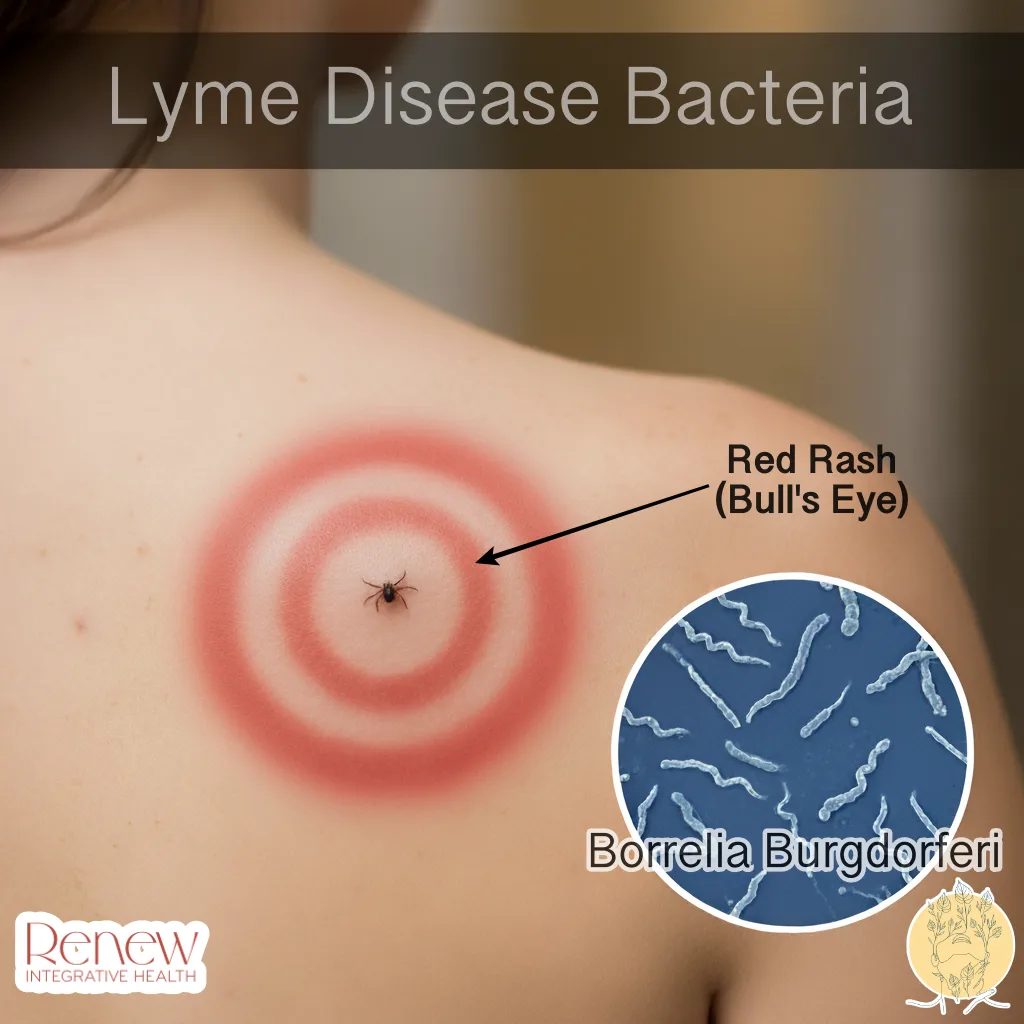What is Lyme disease?
Lyme disease is an illness most frequently caused by ticks infected with a spiral-shaped bacteria (spirochete) known as Borrelia Burgdorferi. Borrelia, like many organisms, undergoes constant mutation creating new strains. Although it is most commonly known that ticks are the main vector for Lyme disease, researchers have discovered Borrelia in other insects.
Ticks may also be infected with co-infections such as Bartonella and Babesia that may be contracted at the same time. Despite epidemiological studies finding specific species consistent with a geographical area, we are finding different varieties of ticks throughout the United States.
Diagnosing Lyme disease
Diagnosing Lyme disease can be difficult due to unreliable testing. A clinical diagnosis will include an evaluation of your symptoms, physical findings, exposure risk, and any test results to determine the likelihood of disease. There is not a single test to determine these infections. Many factors affect the test result and can produce both false positive and false negative results depending on the testing methods used.
Learn in this youtube short reel about the 3 important things that a lyme test should include but doesnot. Subscribe to our youtube for videos to learn more about functional medicine.
What are the symptoms of Lyme disease?
Symptoms of Lyme disease may present differently, varying from patient to patient. In early stages, Lyme disease may result in a rash (30-40%), joint pain and headaches. Neurological symptoms, extreme fatigue and cognitive dysfunction can be seen when Lyme has been inadequately treated and is known as “late-stage” disease.
The membranes surrounding the brain can become inflamed, causing temporary paralysis on one side of the face and numbness in the limbs. This is known as Bell’s Palsy and Lyme disease should be considered as a possible cause.
Other symptoms that may occur with Lyme disease may include:
- Fatigue
- Body aches, primarily the head and neck
- Fever
- Chills
- Heart inflammation
- Swollen lymph node
How to treat Lyme disease
We consider ILADS treatment guidelines which emphasizes patient-centered, person specific care. The most important aspect of treatment is careful assessment and reassessment of the full clinical picture to guide treatment decisions, initially, and if symptoms persist or return. The following services can be utilized for treatment:



